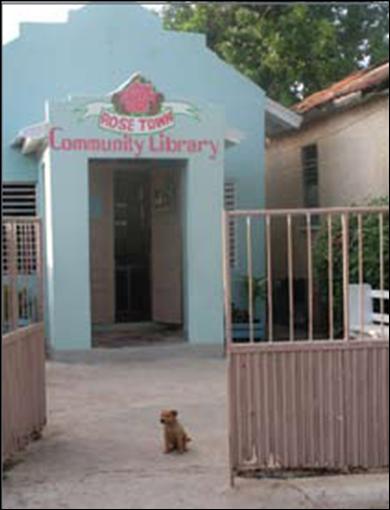
My very favorite writings since becoming a blogger involve the revitalization of distressed communities, when done in an inclusive, sustainable fashion. Whether in St. Louis, Cincinnati, Houston, Los Angeles, Boston, Atlanta, Milwaukee, or elsewhere (and I’ve written about all of those), the people in these places are giving us amazing energy, creativity, and shining examples of how to build and strengthen neighborhoods in ways that form the antithesis of sprawl. Rose Town brings us another such story, in a community that in some ways has been even more severely in need.
Rose Town, according to my friend Hank Dittmar, who heads The Prince’s Foundation, is the ghetto in Kingston next to Trenchtown, which of course gave us Bob Marley. One of the poorest districts in a poor country, Rose Town has witnessed pronounced hardship, including devastating gang warfare between its northern and southern sectors that led to the abandonment of houses and the demolition of buildings and roads. This turmoil created a substantial vacated area that, along with an underbuilt portion of the community, has become the focus of the reconstruction efforts.
Working with the Rose Town Benevolent Society and other local partners, the Prince’s Foundation is “rehabilitating existing housing and will build new affordable housing units, which reflect the local vernacular style and are suited to prevailing climatic conditions and the traditional way of life; over time we hope that these will prove to be exemplars for projects elsewhere in Jamaica. In addition, we have begun and will continue to improve infrastructure, provide other amenities for the community, establish a skills training program and create employment opportunities.” The idea is to help heal the community’s social rifts by rebuilding it with participation by all. Pretty commendable, if you ask me.
One of the aspects I like best is how much the rebuilding is respecting local conditions, tradition and culture (unlike, say, this place). This is in no small part due to the Foundation’s strong commitment to involving residents in extensive architectural and planning charrettes. To read more, and to see more images including some before-and-afters and a nice, narrated short slide show, go here.





Comments